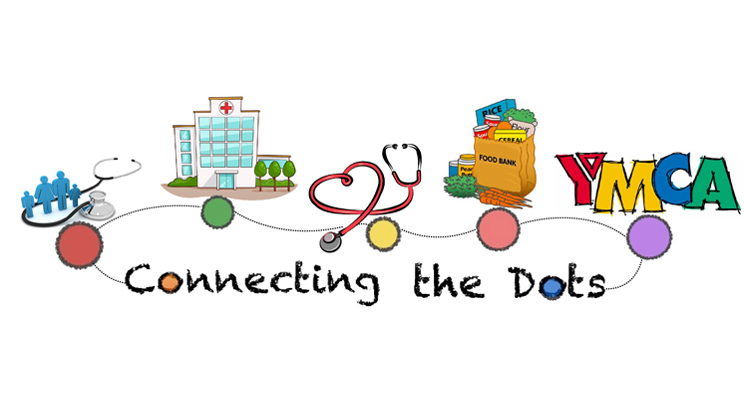Connecting Dots To Improve Lives
Improving the health and happiness of our communities, friends, and family.

Many entities have missions to improve the health of Americans. Exciting value is continuously developing despite the great complexities we have built. Insurance companies, clinical providers, pharmaceuticals, tech enhancers, device makers, health sciences, and the government are working together instead of in historical silos to improve the quality of health care delivered, at lower costs, and better consumer experience. We are in the first few miles of a marathon but progress is being made rapidly.
Clinical revenue for each service in the continuum of care is being replaced by health outcomes and cost saving reimbursements. Five examples include:
- Over 800 Accountable Care Organizations (ACO’s) coordinating clinical care for about 30 million people.
- Anthem, the nation’s second largest health insurer reported on April 26, 2017 a huge uptick of provider collaboration including 159 ACO’s with 64,000 providers serving over 5.5 million commercial members. Nearly 60% of total membership is now enrolled in value-based plans.
- Interoperability allowing medical data to move with the patient through the myriad of health care providers they may access.
- Aggregation of health data to manage populations through closing care gaps using appropriate care protocols.
- Four pieces of legislation (Affordable Care Act, Medicare Access & CHIP Reauthorization Act, Medicare Improvements for Patients & Providers Act, and Protecting Access to Medicare Act) have produced eight government programs including Alternative Payment Models (APM), Hospitals Readmissions Reduction Program (HRRP), and Merit-Based Incentive Payment System (MIPS).
This value based reward system will continue to progress for years to come. These models will begin to incorporate personalized barriers to improved health. Individual life challenges can dilute the impact of the progress described above. There are many profiles of how individuals view their own health, intensity of their health improvement efforts, access to clinical providers and community health/behavioral resources, understanding of complex health care navigation, and personal motivation to stay healthy. These individual dynamics require not just coordinated care within the clinical and financing partnerships but also with hundreds of community assets striving to improve the lives of its’ neighbors. Much can be done connecting these assets into the healthcare ecosystem.

Many payer and provider initiatives are evolving to address barriers to care including housing, transportation to care, income, health illiteracy, caregiver health, and nutrition. Insurance carriers, clinical providers, and the government also should build partnerships with community organizations including faith-based organizations, schools, YMCA/YWCA’s, career centers, community shelters, government housing, food banks/delivery, and many other valuable organizations. Those with a passion to address these care barriers should inventory and categorize each organization in a community and bring together these assets for payers, providers and the government to better understand how these entities can partner in the value based models being developed. Similar missions to improve the lives in communities can be powerful when working together.
Health care businesses can multiply their results by partnering with these organizations. The greatest improvement is not on the balance sheet but the improved health and happiness of our communities, friends, and family.



